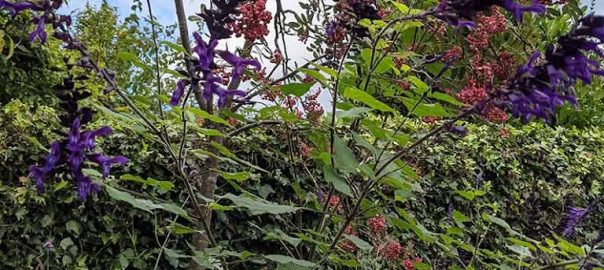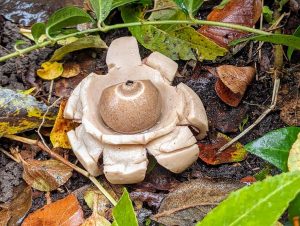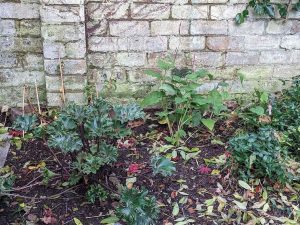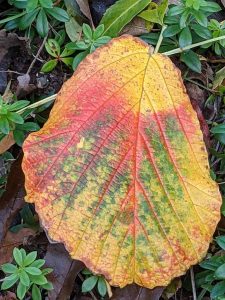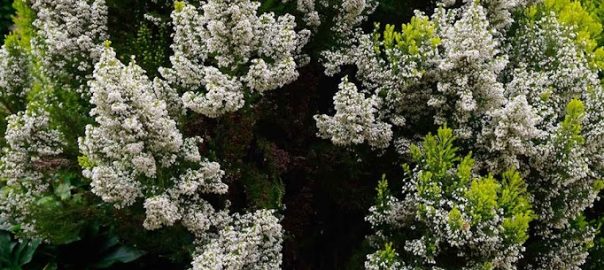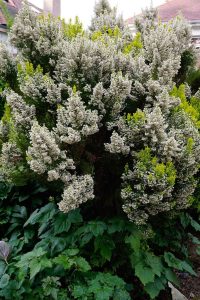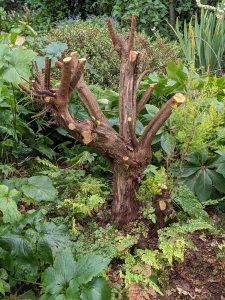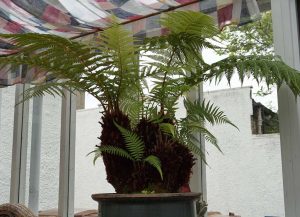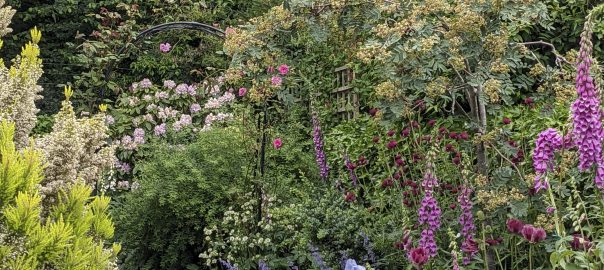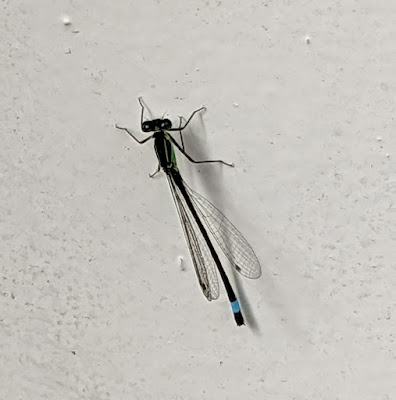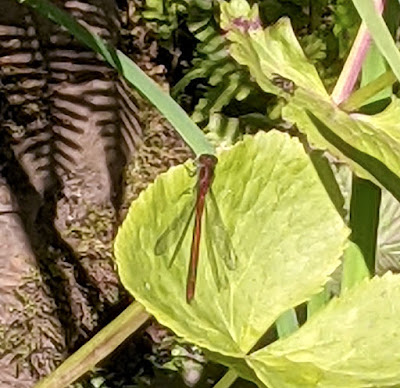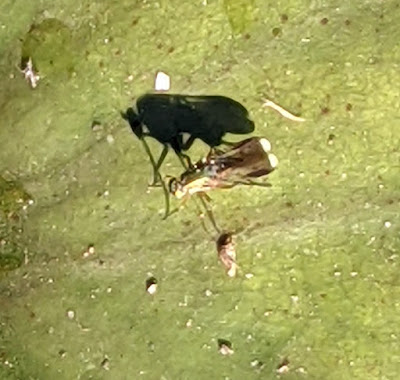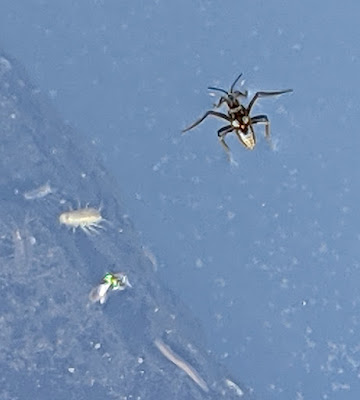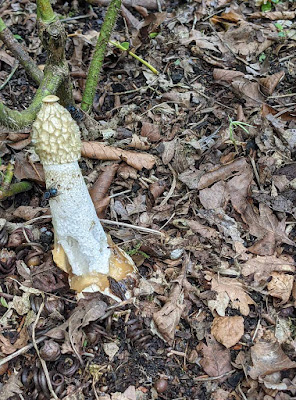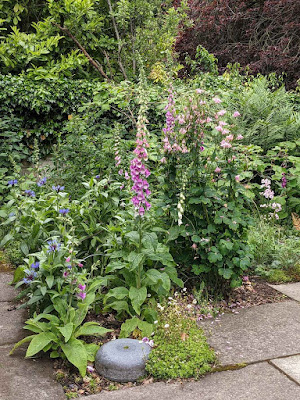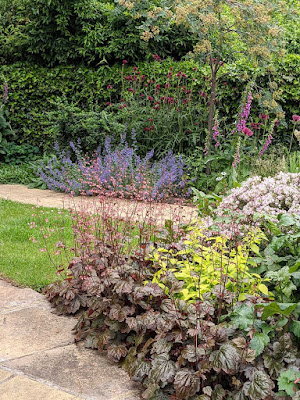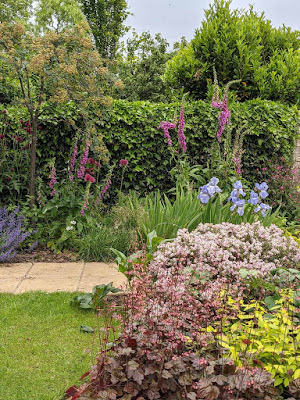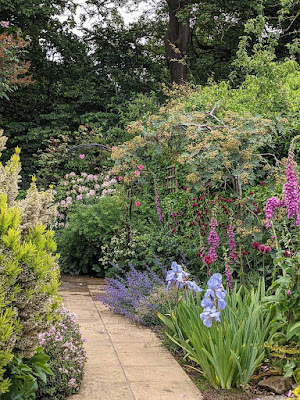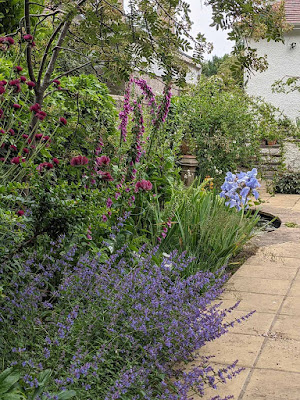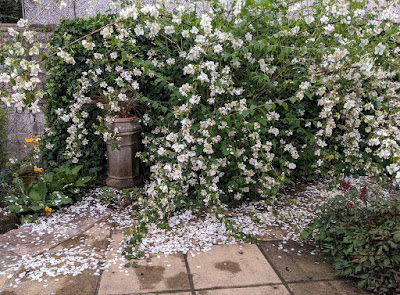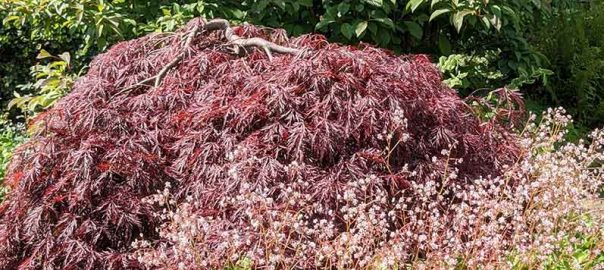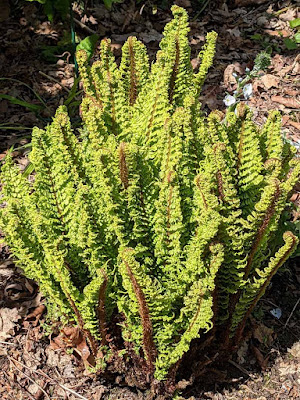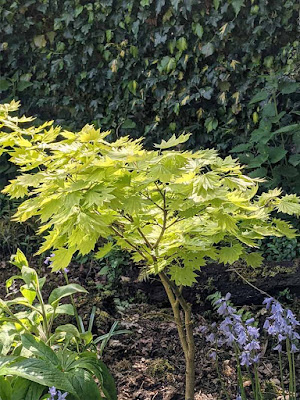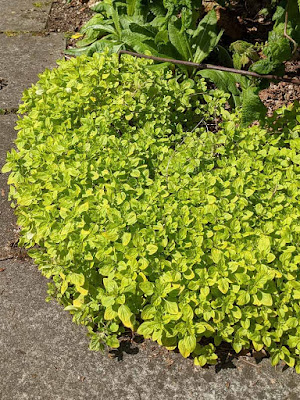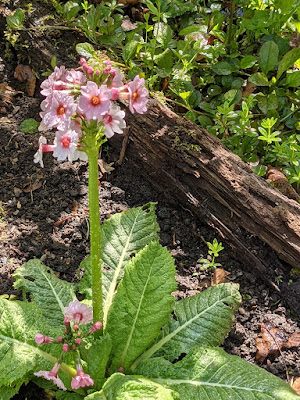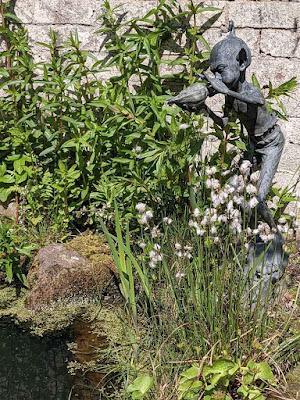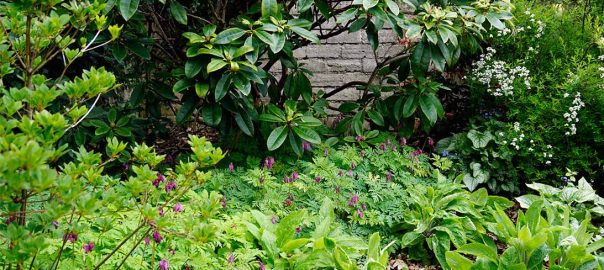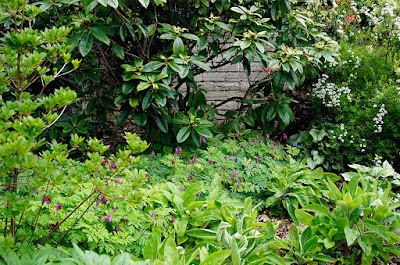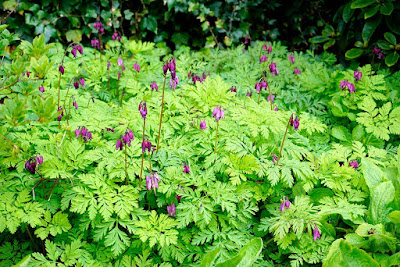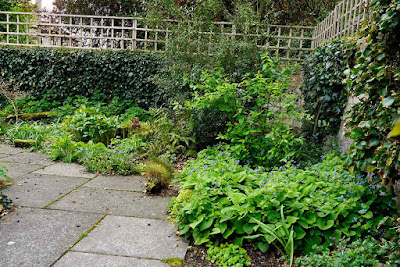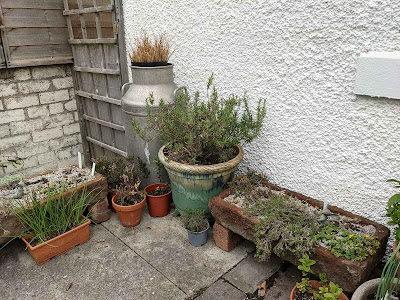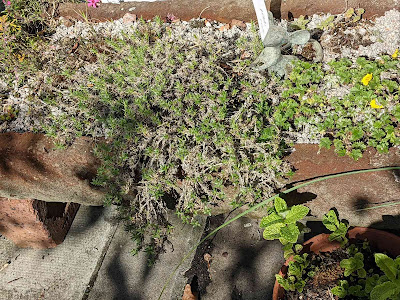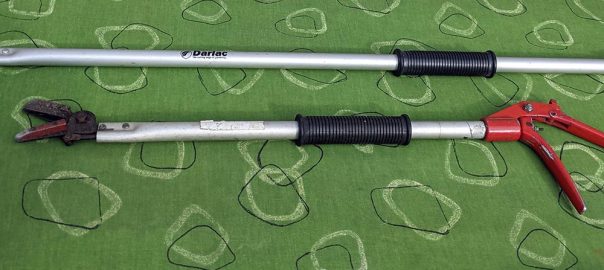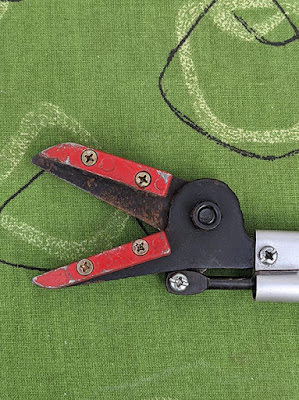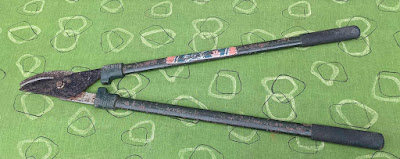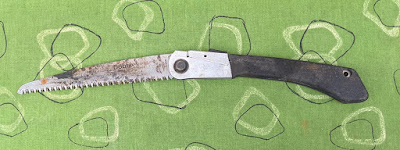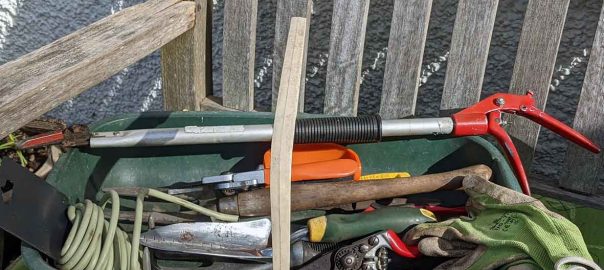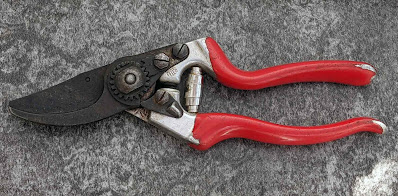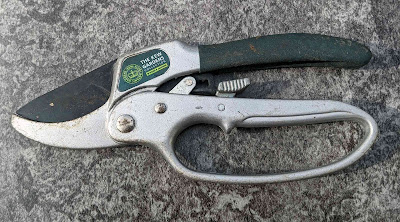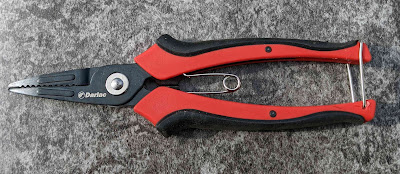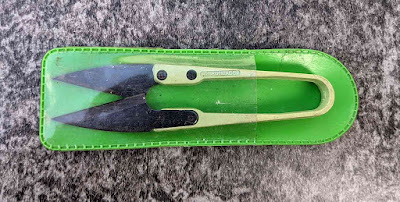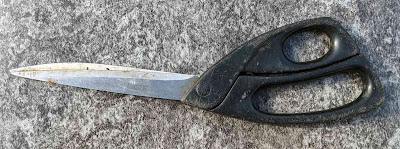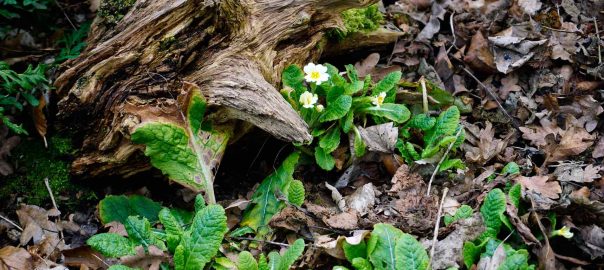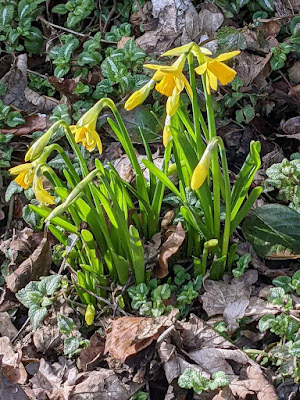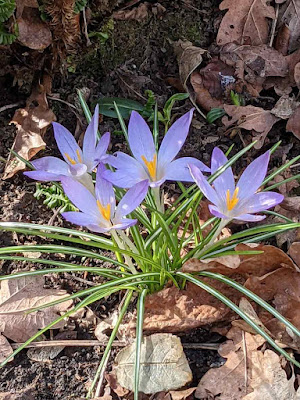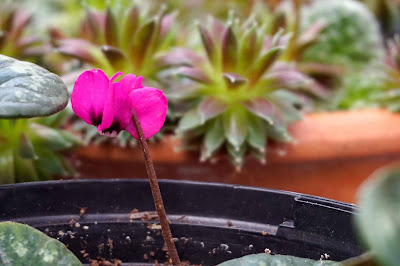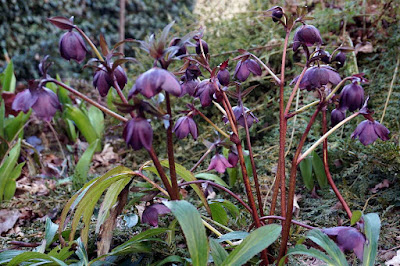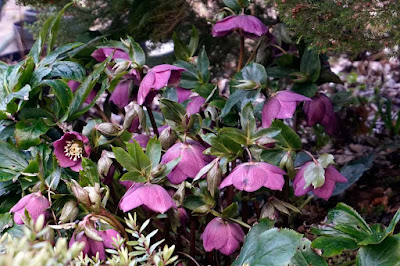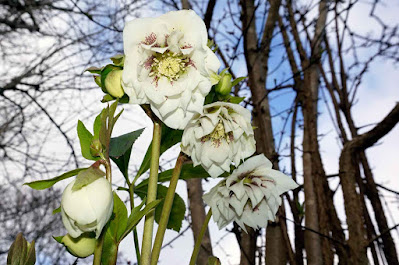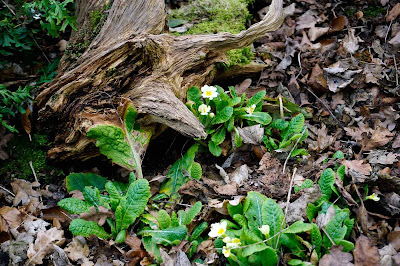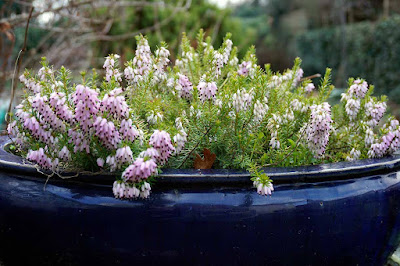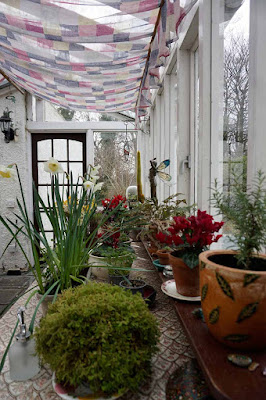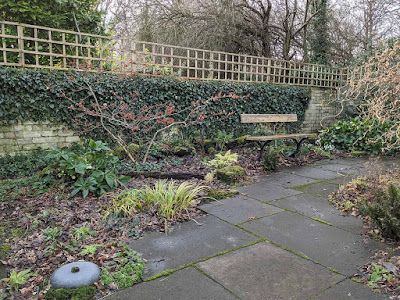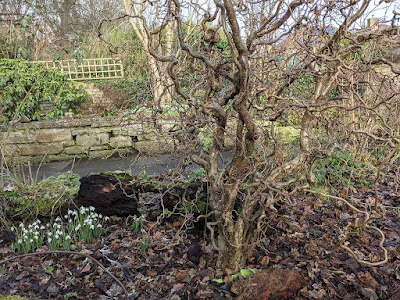I have found that over the years that spraying my plants makes my hands very sore. The spray action of many spray bottles is exasperating. Sometimes, just to get them going,you have do the spraying action over and over again and you only get a tiny squirt out if you are lucky. Some bug sprays are just useless and won’t spray at all. The tiny glass pump action spray bottle (at the front of the photo) looks great but because of my swollen, sore, arthritic fingers I find that these can be a bit fiddly. They are ok if you can stand, and have them at hip height, but when spraying from the seated position I find that I have to get my elbows really high which then makes the pressing action difficult. I do have an absolute favourite spray bottle make and that is the Hozelock pump action type.
You just need to pump a little pressure into the bottle, then press the button (with thumb) when you want to spray. If you want to keep on spraying, over a large plant say, there is another button to press just above it for continuous spraying. You can also adjust the spray by twisting the nozzle. I have decanted some organic bug spray into a Hozelock bottle as the original spray bottle was useless, but you do have to remember to label the bottle if doing that. One gripe with the Hozelock ones are that there isn’t much grip on the side of the bottle so when it comes time to refill with water trying to twist the top off can be difficult if you have problems with your fingers. Also, the level indicators could be a little more visible but at least they do have some.
I did buy an inferior type from Amazon (the bright green one at the front right of the photo) and it broke within a couple of months so,it really is worth getting a good make. I have a couple of very large plants and a collection of air plants which I keep in the bedroom and they require a lot of spraying so I really do need an easy spray bottle for using with my arthritic hands.
 |
| A selection of spray bottles for plants |
